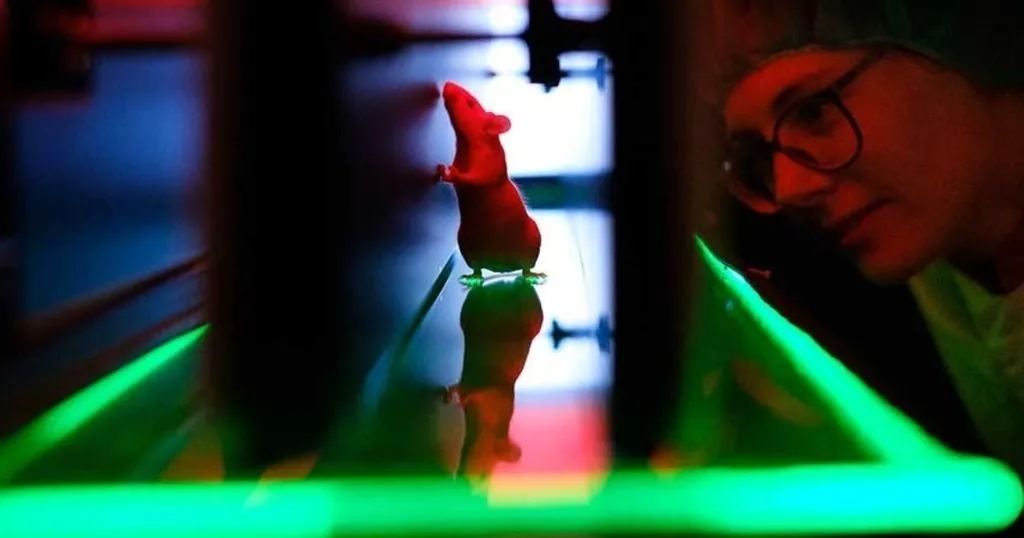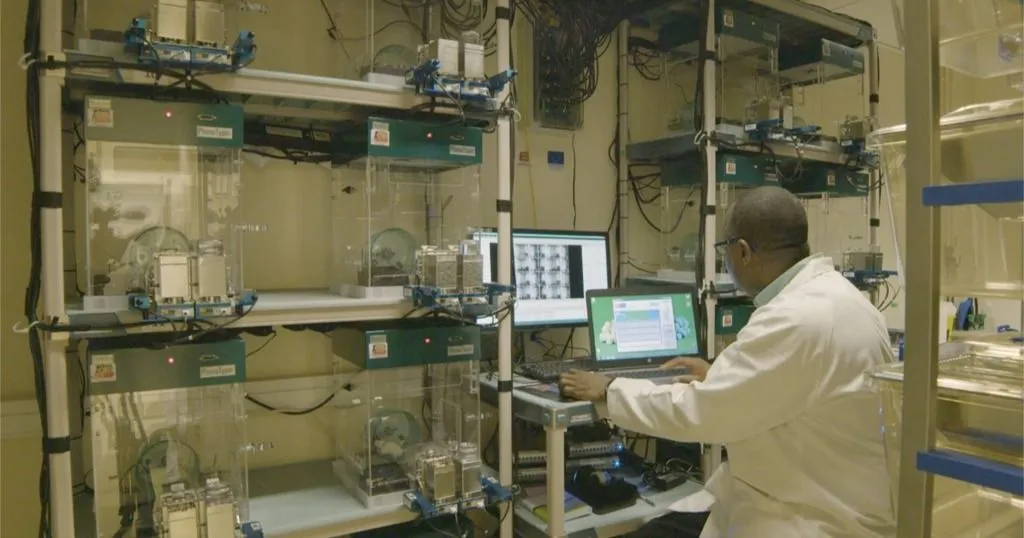Learning how to use software for video tracking in animals
A couple of months ago, we had the pleasure to visit the University of Groningen to record a customer success story.
Posted by
Published on
Tue 30 Jun. 2020
Topics
| EthoVision XT | Open Field | Video Tracking |
A couple of months ago, we had the pleasure to visit the University of Groningen to record a customer success story. Over 2000 sites around the world work with video tracking software EthoVision XT and we regularly visit customers to see how they use this software in their research or education. Today, I would like to share how EthoVision XT helps young researchers to learn more about behavioral testing in a practical course.
University of Groningen, The Netherlands
As a professor in developmental behavioral neuroscience, Jocelien Olivier works at the University of Groningen, at the GELIFES Institute. In the minor Neuroscience, she and her colleagues show students what neuroscience is all about. For example, she wants students to get in touch with 'how do we score behavior'.
Practical 'Tracking behavior' with EthoVision XT
During the practical ‘Tracking behavior’, the students analyze movies of completed open field experiments in EthoVision XT and investigate whether treatment with fluoxetine increases the anxiety levels in the offspring rats. Read more about the study of Jocelien Olivier here.
She enthusiastically explains: "Our students are using EthoVision XT during their practical. The software is easy to handle, the students explore how they can use the program. In the end we always hear that they really like this practical."
Using EthoVision XT as an educational tool
EthoVision XT is the perfect tool to train your students in doing behavioral tests. Jocelien Olivier has particularly good experiences with this, as you could see in this movie!
If you think about organizing a practical with EthoVision XT yourself, please feel free to download the educational materials from our website. Jocelien Olivier was so kind to share a presentation, practical, background story, and practice videos with the research community. These work in perfect combination with the EthoVision XT free trial you can download for your student computers.

Teach what video tracking animals is
Video tracking means detecting an animal in a video file or from a live video feed, distinguishing it from its background, and tracking its whereabouts and movements. Explaining the theory in a (virtual) classroom is great, but showing the technique and allowing students to see the results from an experiment themselves really adds to the learning experience.
In addition to tracking, EthoVision XT can also detect activity changes at pixel-level, ideal for studying behaviors such as freezing. You can also manually or automatically score behavioral events, such as rearing or grooming. In the neuroscience classroom, the integration between methods and techniques can be of great value to the students.
Related Posts
5 reasons that prove why a high-quality camera is essential for video tracking

What you need to know about the CatWalk gait analysis method
